
The Thirties and Forties
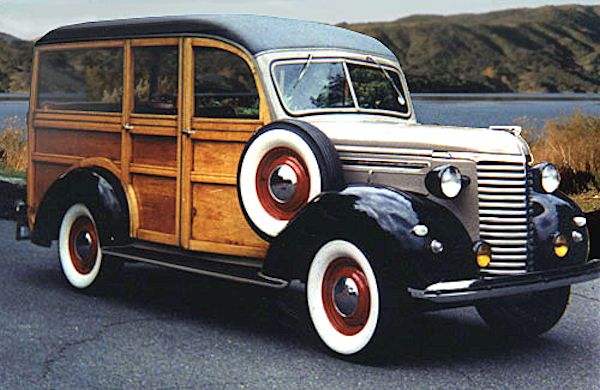
1936 Chevrolet Woodie
As prohibition came to an end Canadians returned to what they new best hard spirits. T J Brights a company founded in 1874 had bought out the licenses of fourteen other wineries. They were determined to improve the quality of Canada's wines. They hired Adhemar de Chaunac from france to be their winemaker. He was not happy with the quality of the grapes in the vineyard. In 1938 he imported winter hardy French hybrides. World War II delayed the arrive of his hybrides untill 1945
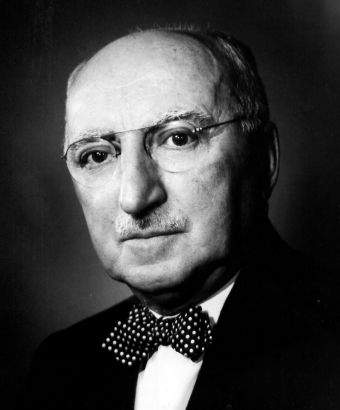 |
Adhemar de Chaunac - Winemaster and chemist Bright's Winery
In 1934 Brights launched a vast viticultural and vinicultural program that eventually transformed the entire Canadian wine industry. In the next 50 years the Company invested more than $6 million in research and development, more than any other single winery in Canada. Much of this work was initiated by Adhemar de Chaunac, Brights' French-born winemaster and chemist. The late Mr. de Chaunac's name is perpetuated in a grape variety named for him. He also brought over Chardonnay but years would pass before it reached its potential;l in Canada. He also played a role in the devolpment of Canada's icewines |
This was a period of trail and error for the few Canadian winemakers who tested the various grapes to find the best for the Canadian Vineyards and climate. A man by the name of Harry Hatch tore out 600 Acres of Concord and Niagara Grapes between Lake Ontario and the Niagara Escarpment replacing them with them with the new varsities. This included Seibel 9549 ( renamed de Chaunac in 1972).
Seibel 9549 became the leading commercial grape in Ontario in the 19760's and 70's.
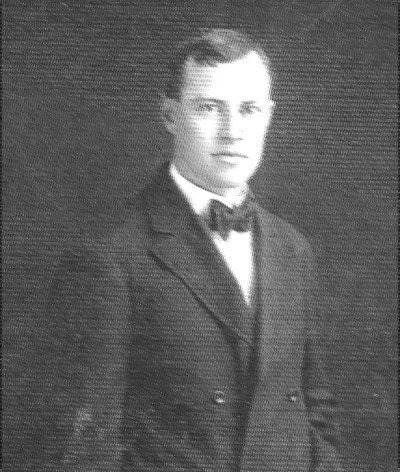 |
|
Brights was not the only winery making a strong effort to improve Canada's wines.Parkdale Wine Company was founded by Allen S. Axler, Manuel J. Roth and Charles A Siegel. They moulded Parkdale out of several smaller companies in 1935. The winery itself was built in 1950 with a capacity of 1.25 million imperial gallons and was located on an 8-acre site along the Quen E in Etobicoke. In January, 1965, the control of the firm was purchased by John Labatt Ltd. Parkdale had seven retail outlets and sourced their grapes from Niagara.
Parksdale Winery in Toronto brought in Vines from Hungry in 1947. The vines included Gamay Beaujolais and Johannisburg Riesling. Parksdale had little success with these vines. It was Donald Ziraldo of Inniskillin fame who prorated these vines in 1971. The Fred Marsch Wine company started the development of Sparkling wine(1) in Canada.
Out west in BC Growers Wine Ltd near Victoria was producing wines obtaining grapes from the Okanagan. Domestic Wines and By-Products Co. opened in 1932 . The owners included Guiseppe Ghezzi, Peter Casorso, Pasquale (Cap) Capozzi and W.A.C.Bennett. This led to the establishment of Calona Wineries. The Casorso family planted the first Kelowna vineyards around 1925.
Back in Ontario Jordan winery founded in 1920 in the small village of Jordan Ontario. Jordan survived prohibition and grew to be a very respected name in Canada. In 1973 Jordan bought out Growers Winery in Victoria and renamed the national company Jordan & Ste-Michelle.and introduced the name St-Michelle Cellars. The winery had a succession of owners and was finally purchased by Brights in 1986. There was also Cartier wines founded in 1889. Cartier battle through World War One and Prohibition.1993 Cartier and Inniskillin merge with T.G. Bright to form Vincor
Robinson Wine Corp bought by Brights in 1931
Another name of note was Canadian Wineries formed in 1926 by the merger of several small wineries It was later known as Chateau-Gai from 1936-1964 . When Labatt's brewery plunged into the wine business in 1964 they took over Chateau-Gai and the BC winery Casabello.
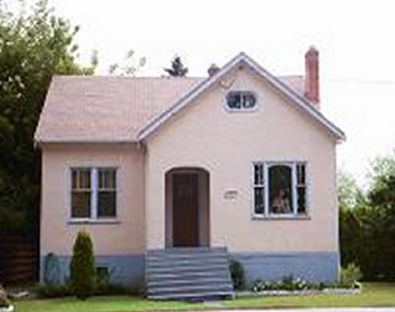
C.B. Ghezzi House - Historical Place
2089 Pandosy Street, Kelowna, British Columbia, V1Y, Canada
R.C. Wilson built this house in 1945 for Carlo B. and Angelina (Gina) O. Ghezzi. Both have importance for their association with Kelowna's wine industry, then in its infancy. Gina Ghezzi was the sister of pioneer vintner Pasquale Capozzi's wife, Maria. Carlo was winemaker at Calona Wines (owned in part by the Capozzi family) since at least 1936, and later became production manager at the winery, a position he held until his death in 1963. Gina stayed in the house for some years after Carlo's death. She became a self-taught artist in oils, and died in 1989.
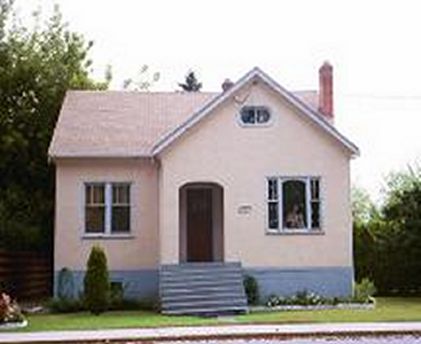
Ghezzi Home
Carlo Ghezzi had come to Kelowna with his father, Giuseppe (Joseph) Ghezzi, who in 1931 was looking at creating a winery to use up excess apples. Together with future B.C. Premier W.A.C. Bennett and Pasquale 'Cap' Capozzi, both prominent local businessmen (and, reportedly, both teetotalers), they established Domestic Wines and By-Products, which soon shifted from fermenting apples to grapes and, in 1934, changed its name to 'Calona Wines Ltd.' Joseph Ghezzi left for California soon after the winery was established, but Carlo remained and prospered in the industry.
The house is representative of housing built immediately after the War. The cross-gabled form resembles houses of a decade or two earlier, but the relatively low-pitched roofs, lack of a front-facing dormer window, and the bland stucco walls show a new simplification of form that anticipates modernist design.
Ration Cupon Books
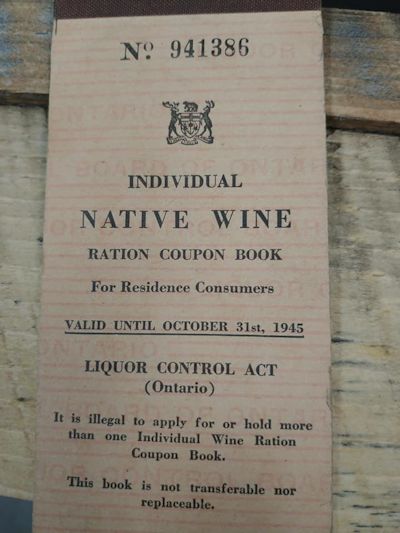
During the Second World War, Prime Minister W.L. Mackenzie King wanted Canadians to cut back on drinking. In a national radio broadcast on Dec. 16, 1942, King announced the Wartime Alcoholic Beverages Order, which reduced the alcoholic content of beer by 10 per cent, wine by 20 per cent and spirits by 30 per cent for the duration of the war. King’s order also prohibited all advertising of beer and liquors and asked the provinces to shorten the hours of operation in beer parlours and liquor stores.
King justified the alcohol restrictions, saying they were in accordance with government policy of not allowing profiteering because of the war. “The brewers have profited more than anyone out of the war,” King wrote in his diary on Dec. 10, 1942. “Regardless of what one’s attitude towards prohibition may be,” he said during his CBC radio broadcast a week later, “temperance is something against which, at a time of war, no reasonable protest can be made.”
May of 1943, beer ration coupon books for home consumption were issued across Canada. Rationing of products like sugar or butter, gasoline or rubber, was implemented due to supply problems resulting from military conflict. Beer, however, was brewed from Canadian ingredients that were in plentiful supply. Nevertheless, in Saskatchewan in 1944, the maximum quantity of beer that one person could purchase in one month was 12 bottles – six bottles in the first two weeks in a month and six bottles for the second two-week period. Beer rationing continued until January 1947.
Winemakers continued to experiment while wineries were sold or merged Canadian consumers still felt that the Old world wines were better. It was not until the seventies that wines like Baby Duck and Schloss Laderheim' made their mark. In the 70's and 80's Canadian wines began to emerge to truly challenge the old world.
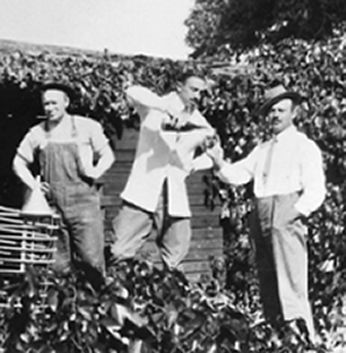
Information regarding the early wineries in Canada is hard to find if you can help please contact me
1980 – Nova Scotia's 1st commercial vintage – Roger Dial's operation at Grand Pre, Nova Scotia
Be a page Sponsor
©2018 Robert A Bell